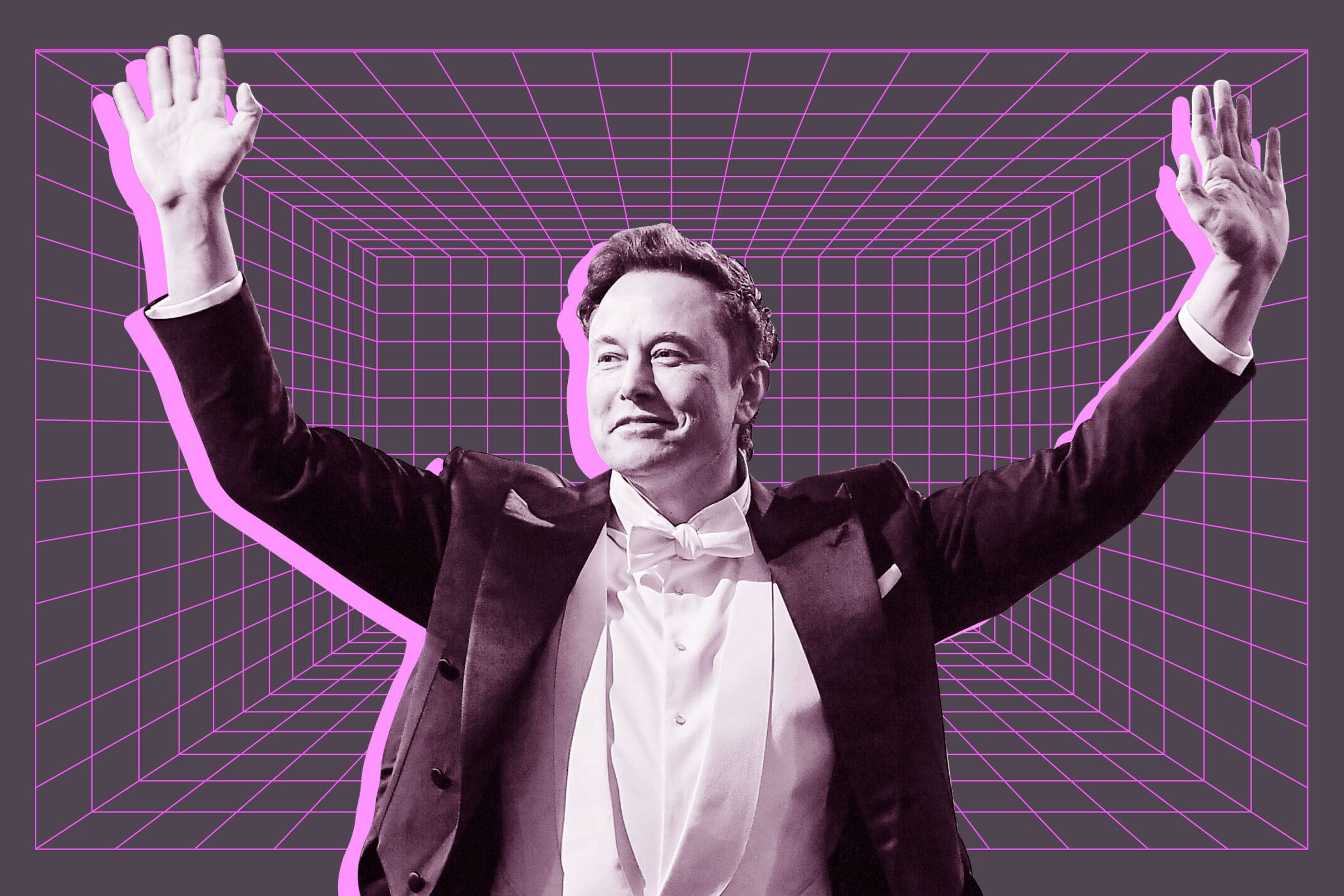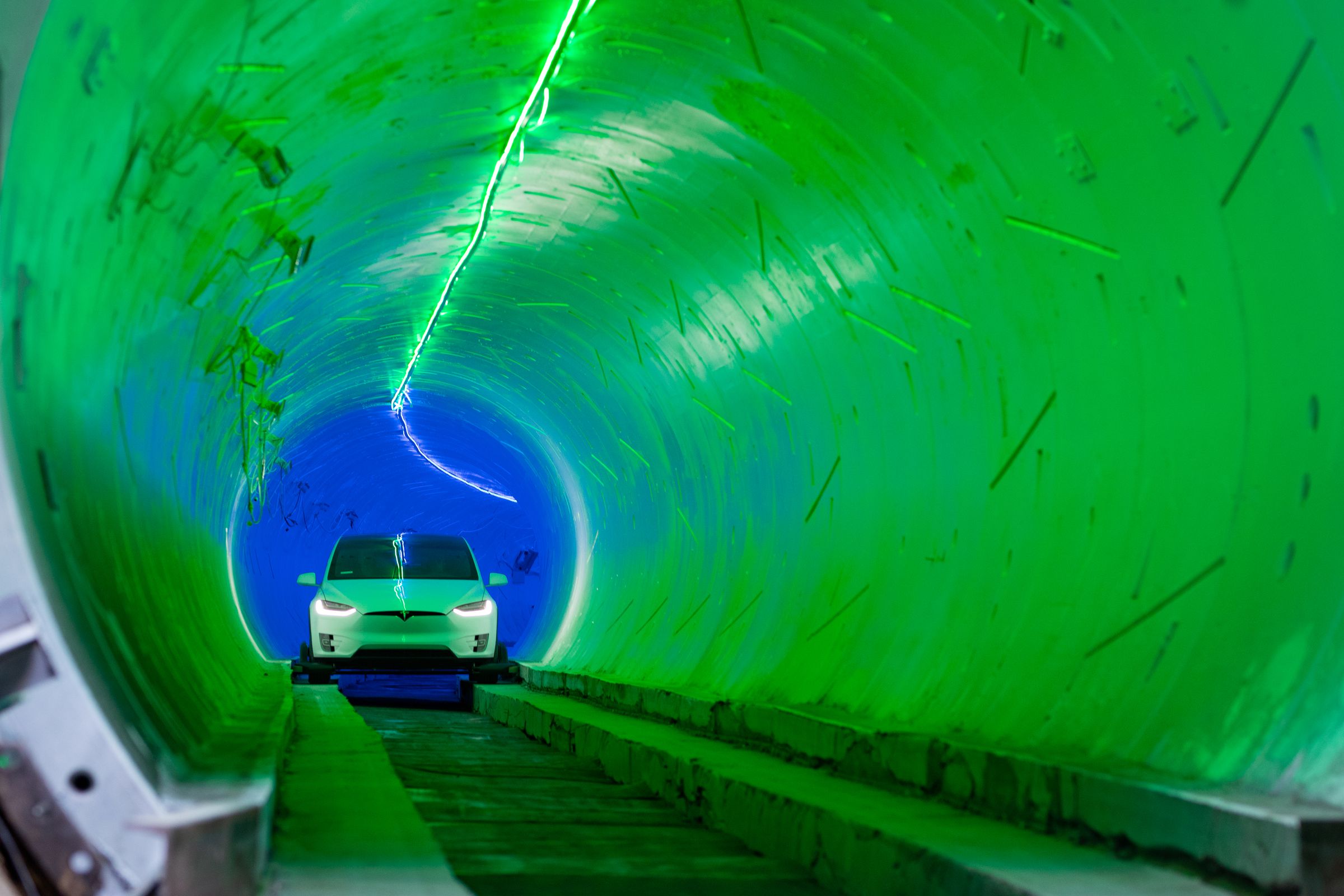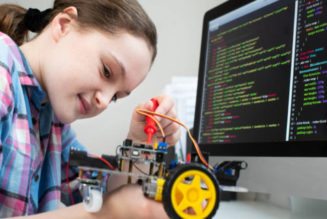Elon Musk is getting ready to unleash Tesla’s third Master Plan, which will include details about the company’s new lower-cost vehicle platform and its effort to grow to ‘extreme size.’

Tesla is convening its first Investor Day event on March 1st at its Gigafactory in Austin, Texas, at which Elon Musk is expected to unleash upon the world his latest Master Plan for the company’s future. Expectations are high, but given Musk’s penchant for leaving past Master Plan promises unfulfilled, keeping those expectations in check may be a wise move.
Musk has said the event is for “people and life of earth,” adding that “it will be a message of good hope & positivity for the future.” That certainly sounds affirming, but the reality facing Musk and Tesla today undercuts a lot of the optimism of that message.
Wild stock fluctuations, increasing competition, recalls, product delays, allegations of union busting, and an impending regulatory crackdown are all converging to threaten Tesla’s position as a leader in the EV space. Musk’s disastrous acquisition of Twitter, for which he sold $23 billion in Tesla stock, and his repeated controversial statements on the social media platform, casts a long shadow over Tesla’s rah-rah event.
Still, Musk will get on stage and do his best to hype the company’s product lineup, as he always does. It’s also a chance for him to reset the narrative and remind people how Tesla grew to become a dominant force in the auto industry and beyond. But given the myriad of challenges he is facing, both inside Tesla and out, Musk may find it harder to inspire confidence as he once did.
The main showpiece of this event will be the third iteration of Tesla’s Master Plan. Whether Musk will have more success implementing this plan than past versions seems very much in doubt. The company has been forced to slash prices to account for falling demand. Musk’s reputation as a visionary entrepreneur has taken a flogging since his bungled acquisition of Twitter. And the rising costs of battery materials are expected to put further pressure on Tesla’s profit margins.
The first Master Plan, blogged in 2006, read like a typical startup pitch about boot-strapping its way to positive cash flow. In essence, the plan was a simplistic look at the strategy that Tesla successfully executed over the next decade: build a sports car (the Roadster); use that money to build a more affordable car (the Model S); use that money to build an even more affordable car (the Model 3 and Model Y); and provide electric power generation options (Superchargers, home batteries, solar panels, etc.).
The next plan, Part Deux, is where things start to go off the rails — literally. Musk promised “a new kind of pickup truck,” a reference to the long-delayed Cybertruck, as well as an electric bus, semi truck, and other battery-powered public transport options. The semi truck eventually emerged (three years late), while the transit options died on the vine. No surprise there, given Musk’s open disdain for public transportation.
So what’s on the menu for Master Plan 3? Musk has said that it will outline “the path to a fully sustainable energy future for Earth,” adding that “the future is bright!” While that seems pretty vague, Musk has teased more specific aspects, tweeting in March 2022 that the plan will also represent a convergence of Tesla with two of his other companies, SpaceX and The Boring Company.


“Main Tesla subjects will be scaling to extreme size, which is needed to shift humanity away from fossil fuels, and AI,” Musk wrote. “But I will also Include sections about SpaceX, Tesla and The Boring Company.”
The “extreme size” reminded me of a recent earnings call in which Musk predicted Tesla would eventually exceed the value of Apple ($2.3 trillion market cap) and Saudi Aramco ($2.11 trillion) combined, which would amount to a valuation of about $4.5 trillion. Not a new forecast for Musk, who has made similar predictions in 2015 and 2017.
But let’s drill down on some of the specific announcements we expect to hear during this week’s event.
Given all the references to a “bright future” and a recent tweet from the company about the “Tesla ecosystem,” complete with a GIF of a Tesla plugged into a home equipped with a solar roof, that big old ball of plasma in the sky is likely to play a key role in this iteration of Musk’s plan.
It wouldn’t be a new addition; solar power featured prominently in the “Master Plan, Part Deux,” coming as it did right on the heels of Tesla’s questionable acquisition of Musk’s cousin’s company, SolarCity. But Tesla’s solar roof installations have been slow going, and revenue from the company’s home energy business remains mired at around 5 percent.
Still, solar energy figures prominently into Musk’s plan to replace fossil fuels with renewables. Musk often speaks hyperbolically about Tesla becoming the most essential and important company in the history of the world, enabled by its ability to see beyond mere car sales to a world populated by robot helpers, self-driving cars, and solar-powered homes.
In a recent earnings call, Musk said that the company has “made a lot of progress” on its forthcoming robotaxi. He also predicted mass production of the new autonomous vehicle would begin in 2024. Sure.
The fact that the company is designing a standalone robotaxi speaks to its failures in executing past master plans. Tesla’s second master plan promised that “all Tesla vehicles will have the hardware necessary to be fully self-driving with fail-operational capability.” Turns out that those vehicles will need not one but two hardware upgrades to enable this capability.
In 2019, Musk stood on stage at the company’s first AI Day and vowed that those vehicles could be used as part of a vast “Tesla Network” of robotaxis, earning their owners passive income while driving around autonomously, looking for fares. By 2020, a “million” Tesla robotaxis would be out on the road, Musk said.
Three years later, we have robotaxis, but they’re driving for companies named Waymo and Cruise, not Tesla. What Musk does have is a fairly capable Level 2 driver-assist system that’s mislabeled as Full Self-Driving (FSD). California’s DMV has accused Tesla of making false claims about its vehicles’ autonomous driving capabilities — or lack thereof. And the National Highway Traffic Safety Administration prodded the company into recalling nearly 363,000 vehicles with FSD because they keep blowing through yellow lights and stop signs.
Will the robotaxi be the first vehicle to be built on Tesla’s next-generation platform? It’s still unclear, but Musk has been dropping hints about the cost savings the company is trying to achieve as it looks down the road toward future, more affordable vehicles.
Musk has said that the Gen 3 platform will be half the cost to the Model 3 and Model Y platform. It will also “be smaller” than those vehicles, but Musk is predicting that it could eventually “exceed the production of all our other vehicles combined.”
The goal, he has said, is to get to a place where Tesla can make two cars for the same cost as one Model 3. That doesn’t mean that Tesla plans on selling this vehicle for half the price of a Model 3 — only that it is designing a more efficient manufacturing process so it can make this future vehicle faster and more cost-effective. Tesla currently earns more money for every vehicle it sells than any of its rivals, a fact that it is using to its advantage as it ignites an EV price war.
Musk has said that Tesla will eventually have a $25,000 electric car, though the date for that keeps getting pushed. Analysts have cast doubt on that number, arguing that supply chain conditions have changed since that original prediction. Still, a $30,000 EV could be feasible, which could still give the company a big boost.


Musk’s big, weird, long-delayed truck is supposed to go into volume production later this year. Given the spike in sightings of preproduction Cybertrucks on the roads around Fremont, it seems likely we’ll see a production version during this investor event.
The latest sightings have revealed some major changes to the Cybertruck, including tweaked front and rear fascias, boxier dimensions, and a big ass windshield wiper. Tesla is under enormous pressure to start production, having already fallen behind competitors like Rivian, Ford, and GMC in the electric pickup race.
The next-gen Tesla Roadster is another candidate for possible reveal during Investor Day. Musk first announced the $200,000 Roadster at a splashy event in November 2017, promising that the base model could go from 0 to 60 in a staggering 1.9 seconds. He also said that the Roadster would have a 200kWh battery pack, a 620-mile range, and a possible rocket-assisted handling, courtesy of SpaceX. (Could that be the SpaceX crossover Musk previously teased in his tweet?)
Whether Musk will want either vehicle on stage during an event ostensibly about Tesla’s future, given their status as symbols of the company’s past failures, is a question that’s above my paygrade. This I can say: before he can credibly sell another master plan for Tesla’s future, he will need to master his own impulses to make outrageous claims. Otherwise, it’s all just a lot of hot air.









